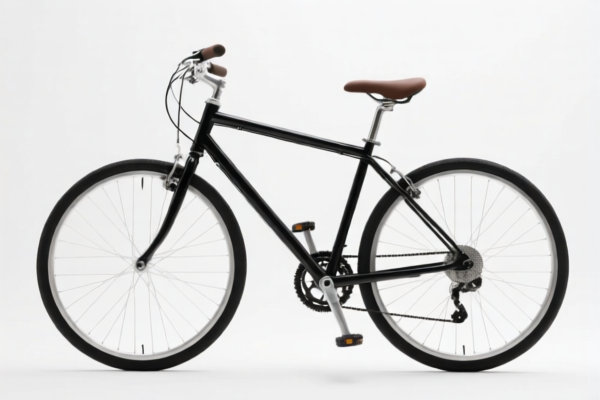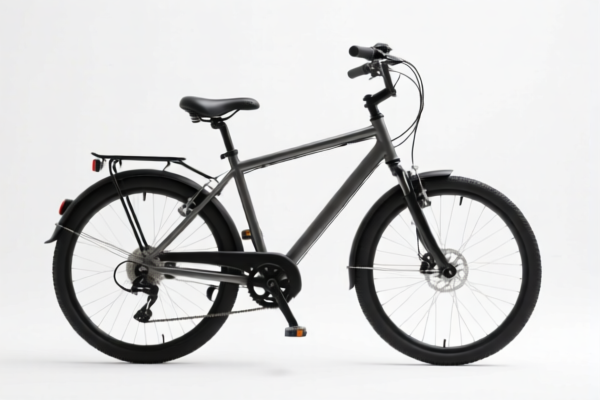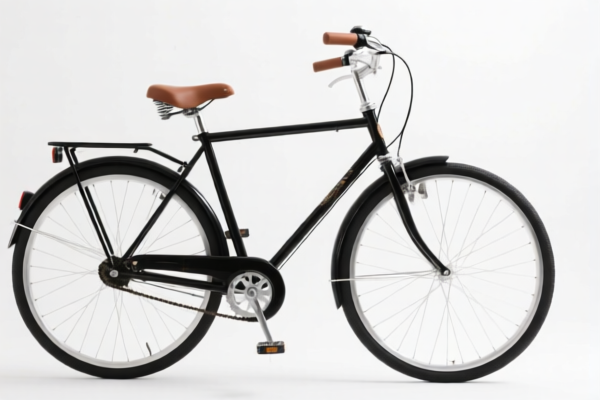| HS Code | Official Doc | Tariff Rate | Origin | Destination | Effective Date |
|---|---|---|---|---|---|
| 8712004800 | Doc | 66.0% | CN | US | 2025-05-12 |
| 8712001550 | Doc | 66.0% | CN | US | 2025-05-12 |
| 8711900100 | Doc | 55.0% | CN | US | 2025-05-12 |
| 8711600050 | Doc | 55.0% | CN | US | 2025-05-12 |
| 8714998000 | Doc | 47.5% | CN | US | 2025-05-12 |
| 8714995000 | Doc | 37.5% | CN | US | 2025-05-12 |
| 6306905000 | Doc | 34.5% | CN | US | 2025-05-12 |
| 6306901000 | Doc | 33.5% | CN | US | 2025-05-12 |




Bike Cruiser
A bike cruiser is a comfortable bicycle designed for casual riding. Characterized by its laid-back geometry, wider tires, and single-speed drivetrain, it prioritizes ease of use and a relaxed riding position over speed and efficiency.
Material
Frames are typically constructed from steel, offering durability and a comfortable ride quality due to its inherent flexibility. Aluminum frames are also common, providing a lighter weight but potentially a less cushioned feel. More modern cruisers may utilize hi-tensile steel for a balance of strength and affordability. Components like handlebars, seat posts, and forks are often steel, aluminum, or chrome-plated steel.
Purpose
The primary purpose of a cruiser is leisurely riding on flat surfaces. They are well-suited for boardwalks, bike paths, beach towns, and neighborhood streets. They are not designed for steep hills, long distances, or off-road terrain.
Function
Cruisers function with a simple, direct drive system. The single-speed drivetrain minimizes maintenance and complexity. Pedaling directly turns the rear wheel. Coaster brakes, activated by pedaling backward, are a common feature, although some models include hand brakes. The upright riding position provides good visibility and comfort.
Usage Scenarios
- Beach boardwalks: Ideal for casual rides along the coast.
- Bike paths and trails: Suitable for flat, paved surfaces.
- Neighborhood commuting (short distances): Convenient for quick trips around town.
- Recreational riding: Enjoyable for relaxed outings and sightseeing.
- Campus transportation: A practical option for getting around college campuses.
Common Types
- Classic Cruiser: Features a traditional curved frame, balloon tires, and a sprung saddle.
- Beach Cruiser: Often includes wider tires, a lower frame, and a more relaxed geometry for sand riding.
- Comfort Cruiser: Prioritizes comfort with features like padded saddles, adjustable handlebars, and suspension forks.
- Electrified Cruiser (e-cruiser): Equipped with an electric motor to assist with pedaling, making hills and longer distances easier.
- Step-Through Cruiser: Features a low top tube for easy mounting and dismounting, particularly suitable for riders with limited mobility.
- Tandem Cruiser: Designed for two riders, offering a shared riding experience.
Bike cruisers fall under the category of bicycles not motorized. Here are the relevant HS codes based on the provided information:
- 8712004800: This HS code covers “Bicycles and other cycles (including delivery tricycles), not motorized: Other bicycles”. This is a general classification for bicycles that don't fall into more specific categories. The total tax rate is 66.0%, comprised of a 11.0% base tariff and a 25.0% additional tariff, increasing to 30.0% after April 2, 2025.
- 8712001550: This HS code specifically covers “Bicycles and other cycles (including delivery tricycles), not motorized: Bicycles having both wheels not exceeding 63.5 cm in diameter Having both wheels exceeding 55 cm but not exceeding 63.5 cm in diameter”. If the cruiser's wheels fall within this diameter range (between 55 cm and 63.5 cm), this is the appropriate classification. The total tax rate is also 66.0%, with the same tariff structure as 8712004800.
Important Note: Determining the correct HS code requires accurate wheel diameter measurement. If the wheel diameter is outside the 55-63.5 cm range, 8712004800 would be the more appropriate choice.
Customer Reviews
No reviews yet.